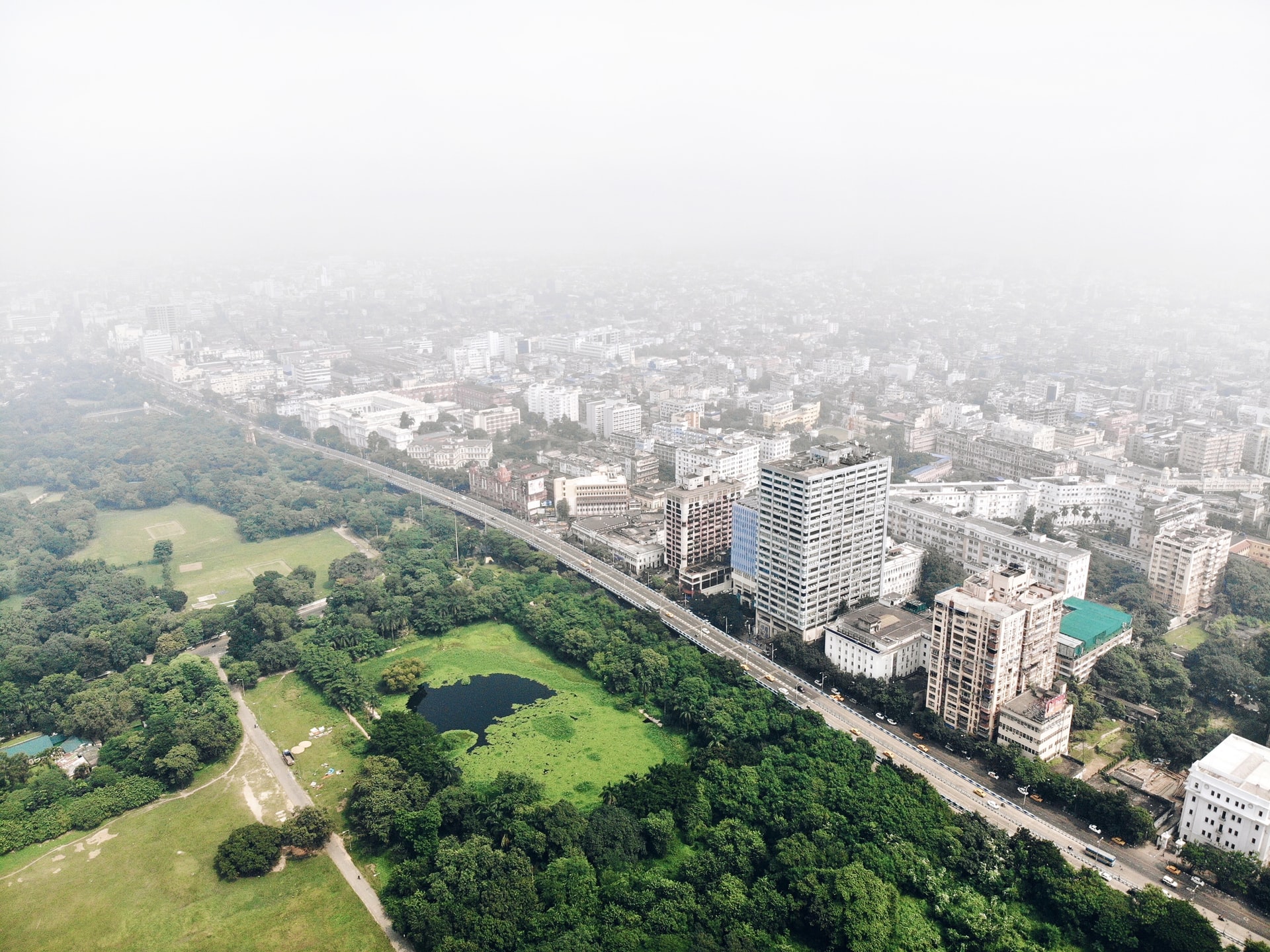The Puzzle of New Urbanization
The global population is expected to peak around 2064, or just over four decades from now. The total global population is expected to clock 9.4 billion people, and then decline to an estimated 9 billion by the end of the century.
In most developed economies, birth rates have fallen consistently while there have been corresponding increases in the senior citizen demographic. The fertility rate in 2017, for example, was 2.4; it was 4.7 in 1950. The largest increases in population growth will be observed in Asia and sub-Saharan Africa.
In this regard, the provision of adequate housing will have to be a key priority for policymakers in emerging economies. The urbanization demand in Asia needs the creation of good new homes. What are, therefore, core future requirements in mega-cities for each population grouping – young to old? Do we know enough to plan purposefully?
Horasis is organizing the Horasis USA Meeting on 04 March 2022 to examine and evaluate such issues. The one-day virtual event will see participation from a diverse range of people, spanning members of governments, businesses, academia, and the media. The goal is to deliberate on pressing issues that undermine progress and arrive at actionable solutions that can ensure shared prosperity.
Congested Urban Areas
Urban locales in most emerging economies are densely populated. With a large rural to urban migration observed across most such economies, cities are accommodating several times more people than their infrastructure was originally designed for. Sanitation and traffic issues are, therefore, commonplace. And in an increasing trend observed across the world, the slightest instance of heavy rain is leading to major floods. Malaysia’s capital Kuala Lumpur experienced severe flooding, in December 2021, following three days of torrential rains.
The rural to urban shift will continue as emerging countries try and transition from agrarian economies to industrial ones. The already choked cities will have even more people vying for the same resources. Amid this backdrop, there will be a definite need for better housing. But the more basic elements such as provision of clean water, uninterrupted electricity access and efficient sanitation systems will also be needed. Besides, with the high dependence on technology and devices, network accessibility too will be a key requirement.
Existing Infrastructure is Stretched Thin
Water woes are fast becoming commonplace. From Bangalore in India to Beijing in China, underground aquifers have been over exploited. The severity of the situation was first highlighted when Cape Town in South Africa had almost run out of fresh water, in 2018. While the city did dodge the bullet then, the threat looms large and it is a stark indicator of just how severe the predicament is.
Existing sanitation infrastructure has also been stretched to its limits. In the eastern Indian metropolis of Kolkata, a large section of the city is still sustaining on colonial era sanitation installations. Over a century ago, these were constructed for a resident base of no more than a few hundred thousand people. But Kolkata today is home to about 15 million people, with an astounding population density of 22,000 people per square kilometer. In comparison, the entire state of Pennsylvania, US has an estimated 13 million residents.
Housing Solutions
Policymakers, think tanks, businesses, and individuals acknowledge the need for affordable housing. But ‘affordable’ is a subjective term and its scope varies widely. The Oxford Business Group, meanwhile, narrows it down to a few key requirements that must be met within the broader scope of affordability.
First, effective housing extends privacy and security to families. Second, quality construction is a prerequisite where structural integrity is not compromised. Third, property ownership documentation must be transparent and clear leaving no room for disputes or ambiguity. Fourth, there must be access to sufficient water, sanitation and electricity. Heating provisions will also be a necessity in countries with colder climates. And fifth, building codes must specify the inclusion of conveniences for senior citizens. Both developed and emerging economies will be home to more senior residents in the decades ahead.
Local Problems that Require Innovative Solutions
Much as emerging economies are experiencing housing problems stemming from urbanization, the US too has its fair share of similar issues. Over half a million US residents are homeless.
Affordable housing will need leveraging of innovative techniques to build and sustain. On a basic level, prefabricated structures that enable quick construction must be considered. These, in turn, can be constructed from recycled material since steady inroads have been made in the plastic recycling sphere.
In India, certain states are using plastic waste to build critical infrastructure such as roads. But arriving at the most effective solutions will require collaboration among scientists, engineers and construction workers; they must come together from across the world. It is only in putting the best minds to work that the most effective solutions can be arrived at.
Photo Caption: A view of the eastern Indian metropolis of Kolkata.



